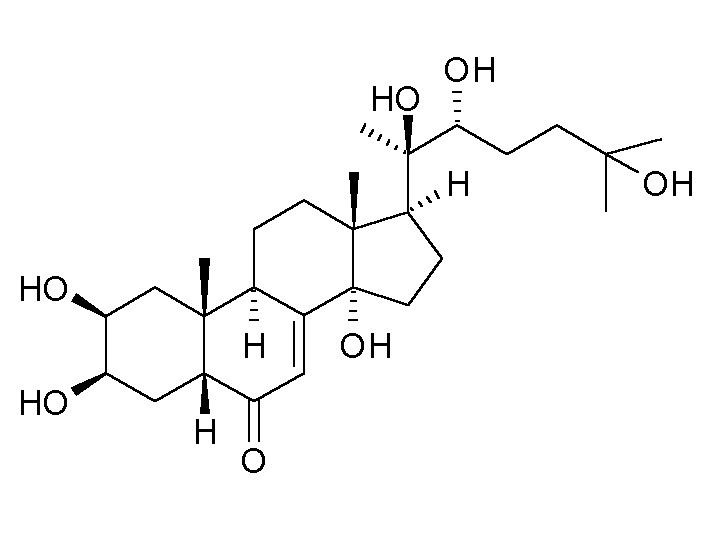 | ||
The halloween genes are a set of genes identified in Drosophila melanogaster that influence embryonic development. All of the genes code for cytochrome P450 enzymes in the ecdysteroidogenic pathway (biosynthesis of ecdysone from cholesterol). Ecdysteroids such as 20-hydroxyecdysone and ecdysone influence many of the morphological, physiological, biochemical changes that occur during molting in insects.
Steroid hormones control many aspects of reproduction, development, and homeostasis in higher organisms. In arthropods, steroid hormones play equal or even more vital developmental roles, especially in controlling the patterns of gene expression between developmental stages.
First elaborated by research groups led by Wieschaus and Nüsslein-Volhard in the early 1980s, the name was coined to collectively name a series of Drosophila embryonic lethal mutations associated with defective exoskeleton formation. Early research showed that when one of the Halloween genes was mutated, fly embryos would die before the exoskeleton was created. Mutants in the halloween gene series include the spook, spookier, phantom (or phm), disembodied (or dib), shadow (or sad), and shade genes.
Descriptions
The spook gene (Cyp307a1) is expressed in the prothoracic gland, and in conjunction with the gene product of spookier (Cyp307a2), converts 7-dehydrocholesterol to Δ4-diketol.
The phantom gene (Cyp306a1) encodes an encoding the microsomal 25-hydroxylase. Strong expression of phm is restricted to the prothoracic gland cells of the Drosophila larval ring gland. The gene product converts 2,22,25dE-ketodiol to 2,22dE-ketotriol.
The disembodied gene (Cyp302a1) codes for a cytochrome P450 enzyme that adds a hydroxyl group to the carbon-22 position of 2,22,dE-ketotriol to make 2-deoxyecdysone. dib mutants are defective in producing their cuticle and have severe defects in morphological processes such as head involution, dorsal closure and gut development.
The shadow gene (Cyp315a1) product produces ecdysone from 2-deoxyecdysone.
The shade gene (Cyp314a1) codes for a P450 enzyme responsible for adding a hydroxyl group to the 20C-position of ecdysone to make 20-hydroxyecdysone, the final step in the biosynthetic pathway.
